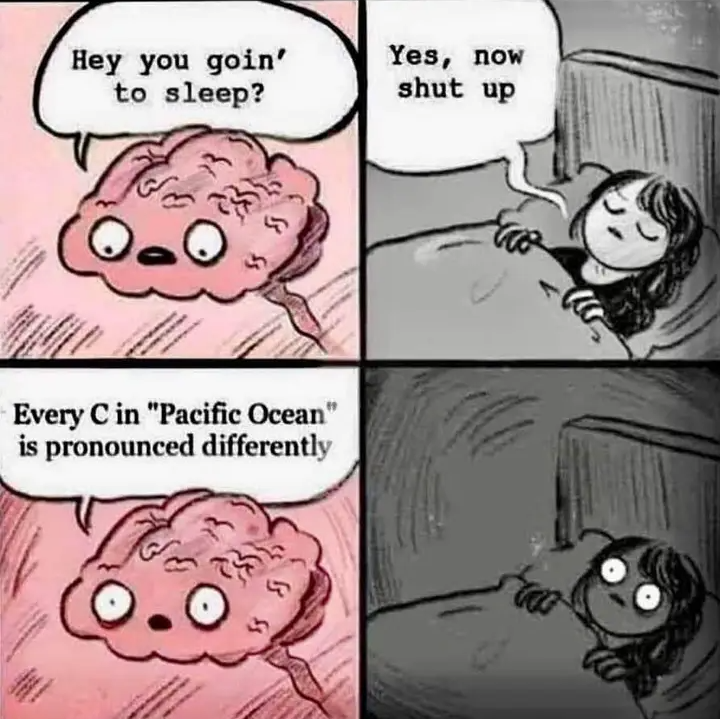This one aims to serve as a shorthand, analogous to Shavian, with every sound and dual sound having their own character. Everything is spelled how it sounds. This eliminates the redundancy and inconsistency in some written systems, English especially, and the time wasted learning them.
For example: weight, straight, strait, great, grate. What were you thinking, language scholars? Did you all fall asleep on a nuclear reactor?

The International Phonetic Association (IPA) has already developed a system for each sound having its own letter called the international Phonetic Alphabet, as often seen in how to pronounce things in the dictionary and online searches. The proposal is that we fix this for practical use in the following ways:
- Eliminate the technical redundancies that aren't observed in every day speech.
- Introduce vowels ending in L and R sounds as also having their own separate letters, as well as a letter representing all vowels ending in -RL as in pearl.
- Introduce dual consonantal blends as also having their own separate letters. This is the fun part.
- Omit lazy vowel sounds in consonantal blends like in purple, resulting in two characters just being for PR and PL.
- Assign shortcuts of small common pre/suffixes or connecting words (articles, conjunctions, etc.) in the single letters, and carry these over into their dual relatives.
- Eliminate spaces between words and allowing consonantal blends to work across words. Assuredly, reading becomes more fluid.
Based on the common, intuitive sounds of the English language alone, listed below are 13 vowels by themselves, 26 ending with the L and R, 24 consonants, and 385 dual consonants, totaling 448. This sounds like a lot, however consider the time spent learning spelling throughout school. With learning this in place of it, it would only take a year, maybe two, and spelling tests are ancient history by the end of elementary school.